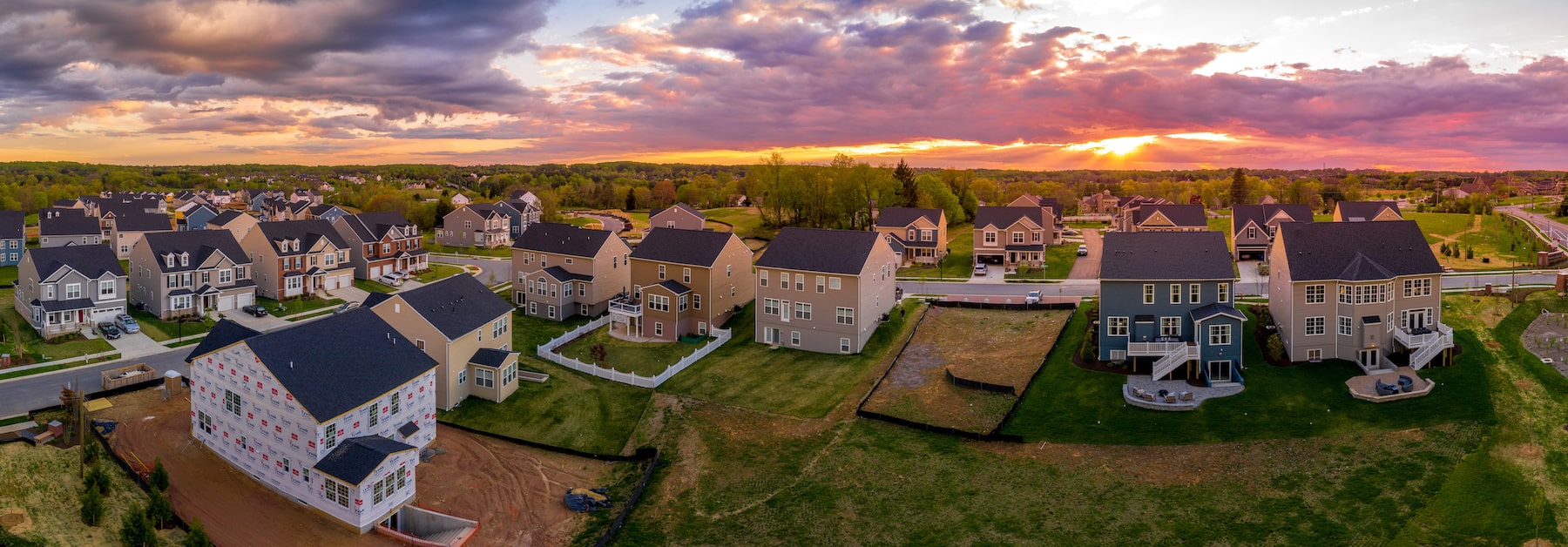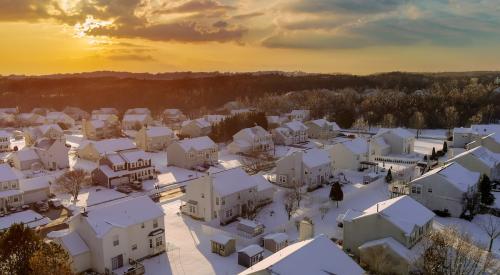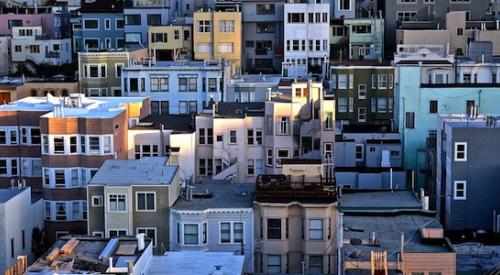Across the nation’s largest metropolitan areas, the ZIP codes with the highest page views per online listing on Zillow became increasingly suburban over the past 18 months — a sign not of the declining popularity of urban areas but instead an indication of growing competition for increasingly scarce suburban homes, according to a Zillow analysis of web traffic.
Even if the data don’t conclusively back up the assertion that suburban strength in the housing market has come at the expense of urban areas, at least the feeling still persists that the suburbs are hotter than ever — a feeling that is backed up in the data. Those consumers that are seeking a suburban home — a share that has generally remained unchanged from prior years — are left looking at a shrinking number of listings, driving up competition and overall views per suburban listing in the process, even as urban page views per listing have remained stable.
Competition for homes themselves in urban and suburban areas has diverged over the course of the pandemic. Prior to the pandemic, between 60%-75% of the most-viewed ZIP codes across the nation’s largest markets were suburban — a share that stayed relatively constant over the years. But by July 2021, the share of most viewed ZIPs that were suburban had jumped to upwards of 90%.
An argument that competition is more fierce for suburban homes, despite a stable share of overall views over time, can also be rooted in inventory levels. While inventory of suburban and urban homes have both fallen over the course of the pandemic, it has fallen more dramatically for suburban homes.
In March 2021, for-sale inventory in the suburbs of top metropolitan areas was down almost 40% compared to the prior year, compared to a less than 15% decline for urban homes. This indicates that while overall demand for these areas has not substantially changed, more people are vying for/looking at a decreasing share of available inventory in the suburbs, causing the number of page views per listing to go up.













